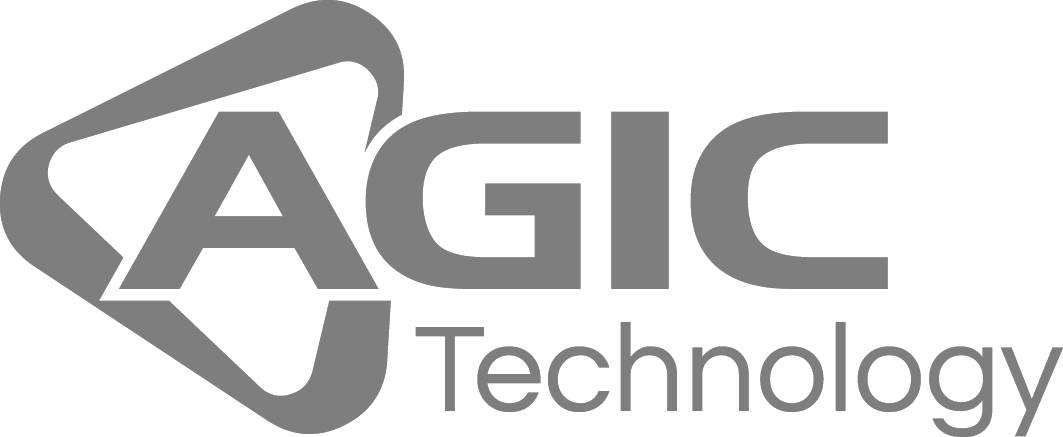06
06 November 2018
Memorandum on Electronic Invoicing

On January the 1st 2019 the new regulation about the issue, receipt and storage of electronic invoices between private entities will be in force, in line with the provision of April the 30th 2018, signed by Ernesto Maria Ruffini (director of the Italian Agency of Revenue), and updated in June 2018.
The electronic invoice is an IT document, in a structured format, transmitted electronically to the Exchange System (ES) and then delivered to the recipient. The telematic transmission to the ES can refer to a single invoice or to a set of invoices. The ES is an IT system, managed by the Agency of Revenue, able to: receiving invoices in a file format with the features of a Public Administration invoice, checking the compliance of the files received and forwarding the invoices to the recipient Administrations or to the Economic Operators.
The format in which electronic invoices must be produced, transmitted, archived and stored is a digital format called XML (Extensible Markup Language), a format that allows the meaning of the elements to be defined and controlled, thus verifying useful information and compliance with the controls required by the law.
The XML file prepared, signed and referred to in accordance with the new regulation, can be sent to the ES through five different channels of transmission for files sending:
- Certified E-Mail (PEC);
- Sending via web;
- SDICoop Service - Transmission;
- SDIFTP Service;
- SPCoop Service - Transmission.
During a recent audition at the Chamber of Deputies (July the 6th, 2018), the Director of the Italian Agency of Revenue has shown that this path is the most advanced stage in the evolution of the system of certification of transactions relevant for VAT and system of controls. To date, electronic invoicing to public administrations (B2G - Business to Government - introduced by the Legislative Decree 55/2013) is already a widely established reality: in 2017, infact, 22.000 administrations and 754.000 companies have been concerned, for about 30 millions of electronic invoices processed.
The side on which the efforts of the Agency are focusing in recent months, therefore, is represented by the electronic invoice between private entities. The Budget Law 2018, infact, has provided that from January the 1st 2019, the obligation extends to all commercial transactions involving the issue of an invoice (both B2B and B2C).
The regulatory framework introduces new obligations concerning both B2B (Business to Business) electronic invoicing or invoices between private individuals - a digital invoice issued by a professional or a company for services or work orders carried out for other legal entities, and the invoice issued by a legal entity to a private individual (B2C electronic invoicing, Business to Consumer).
The electronic invoice between private individuals must be created, received, signed, transmitted and stored via digital platform, even with private softwares, provided that they comply with the technical specifications established.
The regulatory structure on which the new obligations are based (Legislative Decree 127/2015) introduced optional electronic invoicing from January the 1st 2018, one year before the day the provisions will be imposed by law.
Despite the fact that those who opted for the telematic transmission of invoices in this adjustment period would have obtained important tax advantages, (the exemption from 2018 expense measurer, the Intrastat model exemption, the exemption from the communication of contracts data signed by leasing companies, VAT refunds within 3 months of the declaration transmission), the approach of Italian users to the new billing regime has not achieved the expected numbers, a symptom of a still fragmented knowledge of the subject by the users involved.
The mandatory nature of electronic invoicing has a precise goal: to reduce tax evasion, eliminating the possibility of false invoices issue, fraudulent registrations with lower amounts than the actual fee, and to obtain more data for the compilation of annual declarations with pre-filled data already in possession of the Agency of Revenue.
The innovative solutions of Agic Technology, through the Microsoft ERP systems, allow to speed up and digitalize the billing process, in full compliance with the new regulation.
Danilo Stancato



